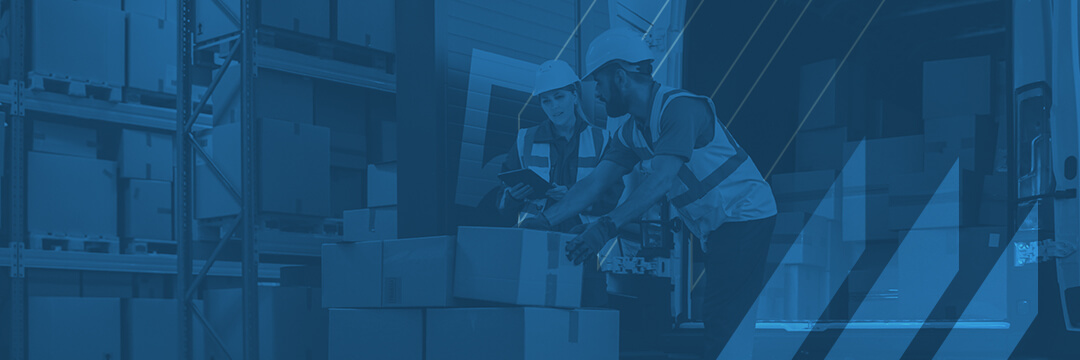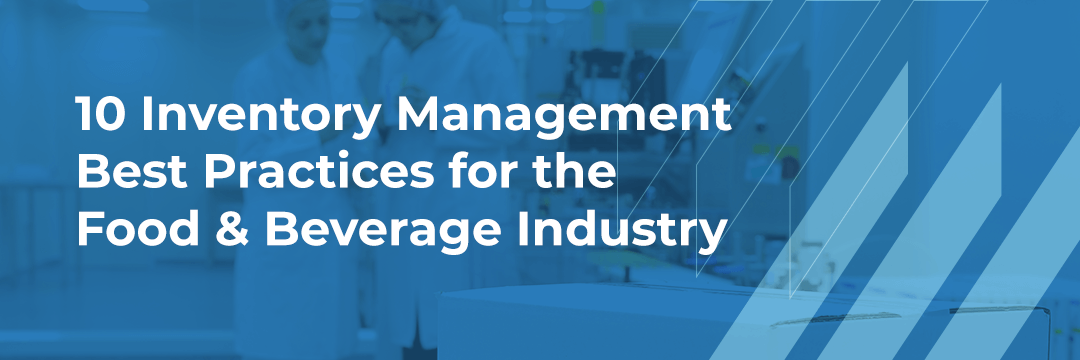Inventory Management
What Is a SKU?
Retailers and manufacturers use a variety of identification methods during inventory management. These codes help you organize products and maintain inventory accuracy, which is crucial for business success. One example is a SKU. Inventory professionals use these frequently for various inventory operations. But what does SKU stand for, and how are they used in inventory…
Storing Products 101: Tips for Protecting Your Inventory
Your inventory is the life of your business. Finding a way to ensure your items are safe and protected, whether they’re in your warehouse or another storage facility, will give you peace of mind and keep your business running smoothly. This guide will take you through factors you should consider to ensure your products’ safety,…
Perpetual Inventory vs. Physical Inventory: What Are the Major Differences?
Perpetual inventory systems and physical inventory systems attempt to keep businesses organized and provide them with data that can help them make accurate decisions and know the correct amount of available inventory. However, these different types of inventory systems achieve these goals through different means. What Is Perpetual Inventory? Perpetual inventory systems are methods of inventory…
How to Take Physical Inventory
As the retail industry continues to grow, maintaining a good stock of your products is crucial for success. Having enough supplies on hand keeps both customers and employees happy. And the best way to keep track of your on-hand items is with thorough inventory counts. With the right inventory strategy, you avoid product shortages and ensure…

The Best Order Picking Methods for Your Warehouse
Order picking has a critical role to play in your warehouse operations. It impacts your efficiency, accuracy and customer satisfaction, and you can amplify your business by finding the right method.
The Role of Shipping Labels in Inventory Management
Shipping labels might seem simple, but they have an integral role to play in warehouse shipping processes. Inventory management and shipping labels go hand in hand, with these labels providing valuable information about the package’s origin, destination, handling requirements and much more. They can direct the package through its journey, allowing employees to work more…
Shortage vs. Surplus: Causes and Definitions
Shortages and surpluses are similar in that they disrupt the flow of a business and can cause financial troubles and a loss of customers. However, they differ in numerous ways. The causes and solutions of shortages and surpluses are very different and require businesses to look within to determine what they can do to help…
7 Tips for Small Business Inventory Management
If you already own or are gearing up to start a small business, one thing you have to pay extra attention to is inventory management. For small businesses, inventory management is one of the most integral parts of the entire process. It helps you evaluate how well your business is doing and whether it’s on track for success. With these…
Understanding the Inventory Audit Process
Conducting an inventory audit can seem confusing at first. Fortunately, knowing what to expect and how to break it down will have you stock auditing like a professional in no time. There are steps you can take before and during the process to simplify it for you and your business and limit the disruption it…
5 Reasons Why You Need an Order Management System
An order management system can shape the way you run your business, increasing your productivity and morale amongst your employees — and so much more. Here’s more on why you should consider making the investment and the benefits of order management systems. What Is Order Management? Order management is the process of integrating orders from…
Guide to Centralized Inventory Management: Is It Right for Your Business?
Inventory management can take many forms, but the two broad categories are centralized and decentralized. Centralized inventory management offers a way for businesses to address stocking, order fulfillment and more through a simple network. A centralized inventory system can be a great fit for many business types. Learn about the characteristics of this inventory style…
How Inventory Alerts Improve Efficiency and Performance
Inventory alerts are an essential component of effective inventory management. Low stock alerts can be the difference between whether your business fulfills an order. Mismanaged inventory can lead to issues like inconsistent stock levels, fulfillment delays or miscommunication between warehouses. Protecting your company from poor inventory management is crucial, especially for businesses with a multichannel…
What Is a Stock Transfer, and How Do You Do It Efficiently
If you’re interested in growing your e-commerce or small business, you may want to know more about stock transfers in inventory management. Stock transfers can quickly become complex, especially following an expansion, a move to a new location or the addition of a new storage facility. Let’s look at what a stock transfer is, the…
Soft vs Hard Inventory Allocation
Gaining control over your company’s inventory allows you to meet customer demand and minimize supply chain challenges. The key to inventory control is inventory allocation, which is the process of tracking inventory across your network. Your network might include warehouses, distribution centers and brick-and-mortar stores. With the correct allocation of stock, you can avoid stockouts…
5 Reasons Small Businesses Should Have an Inventory Management System
If your small business sells products, an inventory or stock management system is necessary. With an inventory management system in place, you know how much of an item you have on hand, when you need to order more and whether you’re ordering the correct amounts or not. While older methods of managing inventory typically involved keeping track…
What Is Inventory Shrinkage?
As a business, your primary goal should be to serve your customers well, which you can accomplish through staying organized and accurately managing your inventory. If you find your company experiencing inventory shrinkage, take the time to reevaluate your company practices. By remaining aware of your options, you can formulate a plan to prevent future…
What Is Store Inventory Control
From the beginning to the end of all retail operations, keeping track of your store’s inventory is crucial to maintaining efficiency throughout the rest of your business operations. Luckily, in today’s digitized world, inventory control systems make managing your store’s products easier than ever. Store inventory software can help your business thrive by introducing you…
10 Inventory Management Best Practices for the Food and Beverage Industry
The secret for how to stay ahead of competitors is not always flashy advertisements or new products. Simple operational procedures, such as good inventory control, can help you to improve your order management, avoid lost goods, reduce downtime and improve efficiency in pulling food or drinks from the shelves. Whether you own a restaurant or…
9 Most Effective Inventory Management Techniques
Inventory management helps you balance your level of stock to ensure you have enough materials to meet demand without having costly excess goods. By properly managing your inventory, you can ensure your stock levels are accurate, evaluate product performance, provide a better customer experience and save your company money. You can manage inventory across five stages,…
How Effective Inventory Management Can Win You Customers
Inventory management is the logistical balance companies must achieve to accurately measure how well their supply keeps up with demand. Good inventory management tracks the movement and level of products to increase productivity, cut costs and make the best use of resources. For many companies, the goal of the inventory management process is simply to…





















